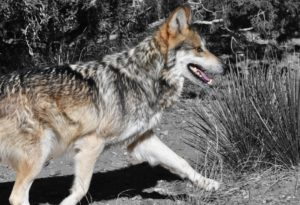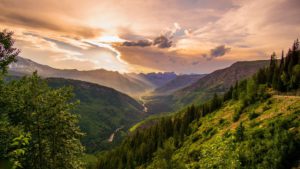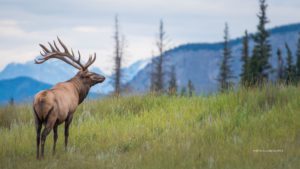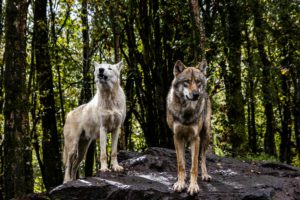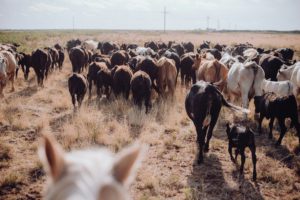For immediate release – February 12, 2010
JOINT NEWS RELEASE FROM THE WESTERN WATERSHEDS PROJECT AND BUREAU OF LAND MANAGEMENT
Contact: Western Watersheds Project Media Contact: Greta Anderson 520-623-1878 or Laurie Rule 503-679-7691
BLM Media Contact: Pamela Mathis 623 580-5509
Federal Lawsuit Settled over Grazing and Protection within Sonoran Desert National Monument
(PHOENIX, AZ)—The U.S. Department of the Interior, Bureau of Land Management (BLM), and Western Watersheds Projects announced today settlement of a federal lawsuit involving the Sonoran Desert National Monument southwest of Phoenix, Arizona.
Western Watersheds Project filed suit in August of 2008 to challenge livestock grazing within the Monument. “Our goal was to compel BLM to manage grazing in ways that protect the National Monument and its natural resources,” says Greta Anderson, the Arizona Director of Western Watersheds.
The BLM, a federal agency, is currently drafting a land use plan for the management of the National Monument, called a Resource Management Plan. The settlement stipulates that the Plan must be completed by December 15, 2011. They will include a determination of whether or not livestock grazing is compatible with the protection of objects identified in the 2001 Presidential Proclamation that established the Monument. “The Arizona BLM is dedicated to protecting the objects of the National Monument, and this settlement affords the staff a greater opportunity to focus on field work and achieve the deadline to complete the management plans,” says Jim Kenna, the BLM Arizona state director.
Until the management plan is completed, the settlement also mandates that sections of the Monument currently closed to motorized traffic and off-highway vehicle use shall remain closed. Kenna notes that in 2008, the BLM closed 88 miles of roads to restore damaged resources and protect the Monument. “The BLM and its many volunteers are making tremendous progress restoring these lands, and the terms of the settlement are consistent with our commitments to Monument visitors and gateway communities.”
Western Watersheds Project will now be notified 72 hours in advance of field monitoring trips and may request to accompany BLM on livestock grazing monitoring trips that evaluate the health of Monument lands, which include habitat for Sonoran desert tortoise and myriad plants and animal species. The BLM and Western Watersheds Project agree that management decisions will continue to be based on scientific data collected in the field with the public continuing to have opportunities to comment on range developments and seasonal grazing, pursuant to applicable law.
As a result of the settlement, Western Watersheds Project has agreed not to initiate further litigation challenging BLM’s management of the Monument pending completion of the Plan.
The settlement documents are available on the BLM Arizona Web at: https://www.blm.gov/az/st/en.html and at the Western Watersheds Project web site: https://westernwatersheds.org/legal/10/sonoran-desert/sonoran-settlem…
# # #
The BLM manages more land – 253 million acres – than any other Federal agency. This land, known as the National System of Public Lands, is primarily located in 12 Western States, including Alaska. The Bureau, with a budget of about $1 billion, also administers 700 million acres of sub-surface mineral estate throughout the nation. The BLM’s multiple-use mission is to sustain the health and productivity of the public lands for the use and enjoyment of present and future generations. The Bureau accomplishes this by managing such activities as outdoor recreation, livestock grazing, mineral development, and energy production, and by conserving natural, historical, cultural, and other resources on public lands.
The mission of Western Watersheds Project is to protect and restore western watersheds and wildlife through education, public policy initiatives and litigation. WWP is a non-profit conservation group founded in 1993 and with field offices in Idaho, Montana, Utah, Wyoming, Arizona and California. More information can be found on the website: www.westernwatersheds.org

